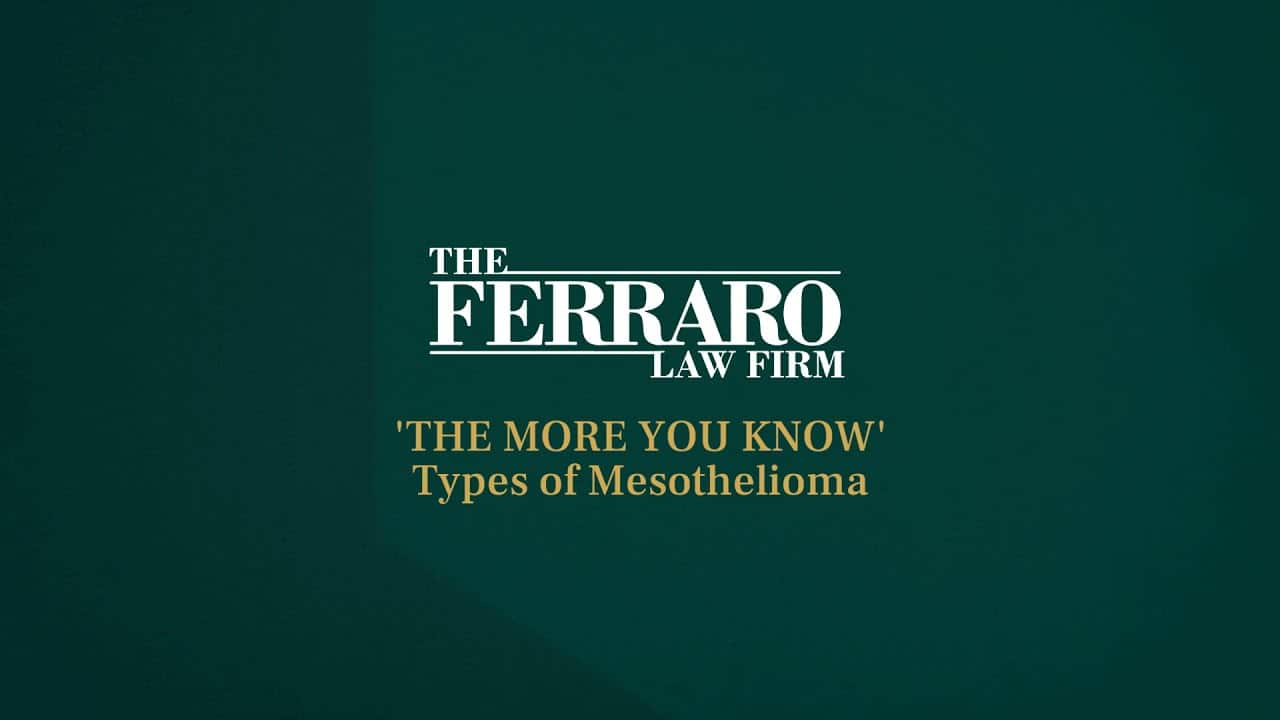If you were seriously injured, remember that it is crucial to choose the right law firm to represent your interests. We have been doing this for more than three decades, and have the resources you need to challenge any opponent.
Simpkins v. CSX Corp. Discusses Who Can Sue for Asbestos Related Illness
When you give your spouse a hug, do you ever wonder what kinds of particles are on their clothing?
Most people do not think about these things. If you have been diagnosed with mesothelioma, you may be wondering how you got the illness. And more importantly how you are going to get the care you need.
Our experienced mesothelioma attorneys understand your concerns and we are here to help. We can help you identify the responsible parties and formulate the detailed arguments needed when confronted with a mesothelioma diagnosis.
In Simpkins v. CSX, the Illinois Supreme Court tackles the issues involved in a case arising from exposure to asbestos. This case arose because Simpkins (“Plaintiff”) was diagnosed with mesothelioma. CSX Corp. (“Defendant”) employed her husband, Mr. Simpkins, who worked with products containing asbestos. Mr. Simpkins would arrive at home each night with asbestos particles on his clothing. Plaintiff had never been an employee of the defendant and had never been on the defendant’s premises. However, plaintiff claimed that because of her exposure to asbestos particles on her husband’s clothing, she became ill with mesothelioma.
This court’s decision centers on Plaintiff’s cause of action for negligence. Before discussing the case further, it is important to identify the legal components involved in a negligence claim.
- Plaintiff had the burden of proof.
- Plaintiff must prove all of the elements by a preponderance of the evidence. (This standard is more likely than not, often thought of as fifty-one percent.)
- Negligence consists of four elements: defendant owes a specific duty of care to the plaintiff; defendant breached that duty of care; the defendant’s breach of duty was the direct and proximate cause of the injuries the plaintiff suffered; and the plaintiff suffered damages
When addressing the issues surrounding this negligence claim, the court is charged with analyzing whether there was a duty of care owed to the plaintiff by the defendant, and whether the plaintiff was a foreseeable victim of the defendant’s alleged negligence.
Plaintiff argued that the defendant had a duty to protect her and her family from the foreseeable risks associated with the take-home asbestos on her husband’s clothing. CSX argued that they do not owe a duty to a non-employee third party who was exposed to asbestos the way Plaintiff was because there was no way to foresee any harm to her. Therefore, they should not be held liable for Plaintiff’s injuries.
In this court decision the legal concept of duty is discussed at length. The court cites prior case law and even public policy in this analysis. The court here explains that in this analysis the first question to discuss is whether the defendant’s actions or omissions contributed to the risk of harm to the plaintiff. In this case, the court found that the Plaintiff did provide enough evidence in her complaint for a reasonable person to conclude that the defendant was engaged in activities with products that contained asbestos and that could have created harm to Plaintiff.
The next question in the duty analysis is to observe the type of relationship between the plaintiff and defendant. The general rule is that there is no duty owed to unforeseeable victims. There is also no affirmative duty where the defendant did not create the risk. However, there are exceptions to these rules where there is a special relationship which can vary depending on the state.
There are four central components involved in an analysis of the relationship between the parties. The court looks to:
- The reasonable foreseeability of the plaintiff’s injury.
- The likelihood of the injury to the plaintiff.
- The extent of action needed in order to protect the plaintiff from injury.
- The consequences of imposing this burden of prevention on the defendant
The court next found that there was insufficient evidence as to whether the defendants could have reasonably foreseen that their actions would cause injury to the plaintiff. Basically, Plaintiff did not provide sufficient evidence in her complaint to prove that defendant knew or should have known that there was an unreasonably high risk of harm to the plaintiff and others “similarly situated.”
The court remanded the case to the trial court with the instruction that Plaintiff be allowed to amend her complaint.
The details involved in a claim under the theory of negligence are complex. Having an experienced attorney is essential in these mesothelioma cases.
Table of Contents
Frequently Asked Questions: Mesothelioma & Asbestos
What is asbestos?
Why is asbestos dangerous?
What are asbestos-related diseases?
What causes mesothelioma?
What are the different types of mesothelioma?
What are common mesothelioma symptoms?
Do I qualify for compensation if I have mesothelioma?
What is the life expectancy for someone with mesothelioma?
Do I qualify for compensation if I have mesothelioma?
The Ferraro Law Firm provides comprehensive legal services, including mesothelioma legal help. Call (888) 554-2030 for a free and confidential consultation. Offices in Miami, Washington, D.C., and New York City.
Additional Resources:
Simpkins v. CSX Corp., No. 110662 (S.CT IL Mar. 22, 2012).






